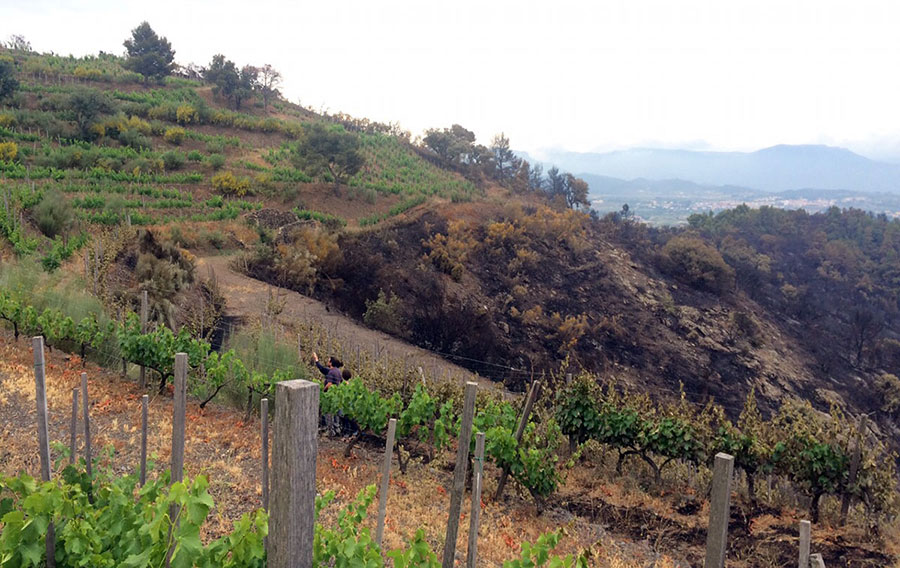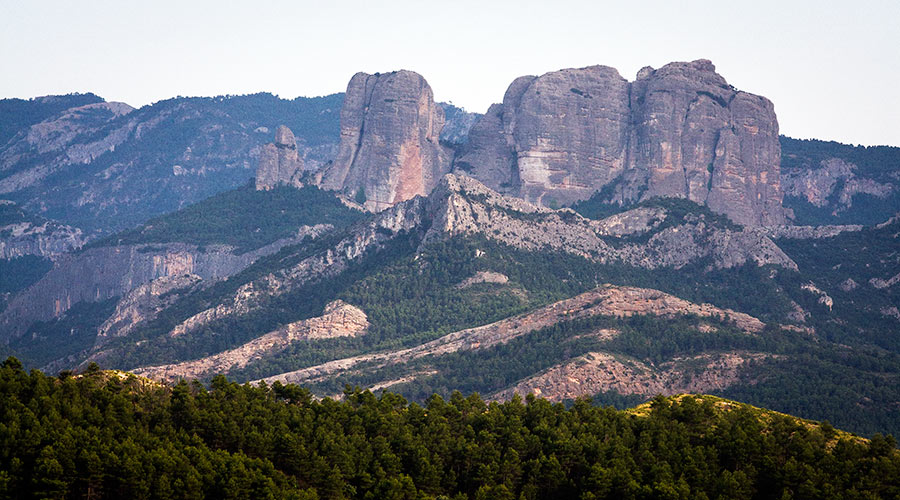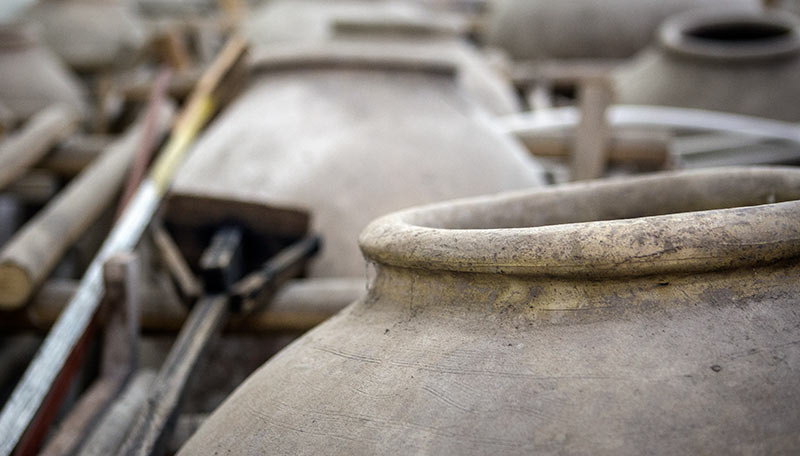Due to all things pandemic (yeah, it’s still here…) the International Organization of Vine and Wine (OIV) had canceled its annual congress for two years. Now in 2022, they’ve picked it back up with the 43rd edition that took place in Ensenada, Baja California, Mexico, the closest city to the exciting wines coming out of Valle de Guadalupe; a region that produces 85% of all the wine in Mexico currently. Ukraine (re)joins up There were a number of takeaways from the event. One of the best items was one mentioned […]



